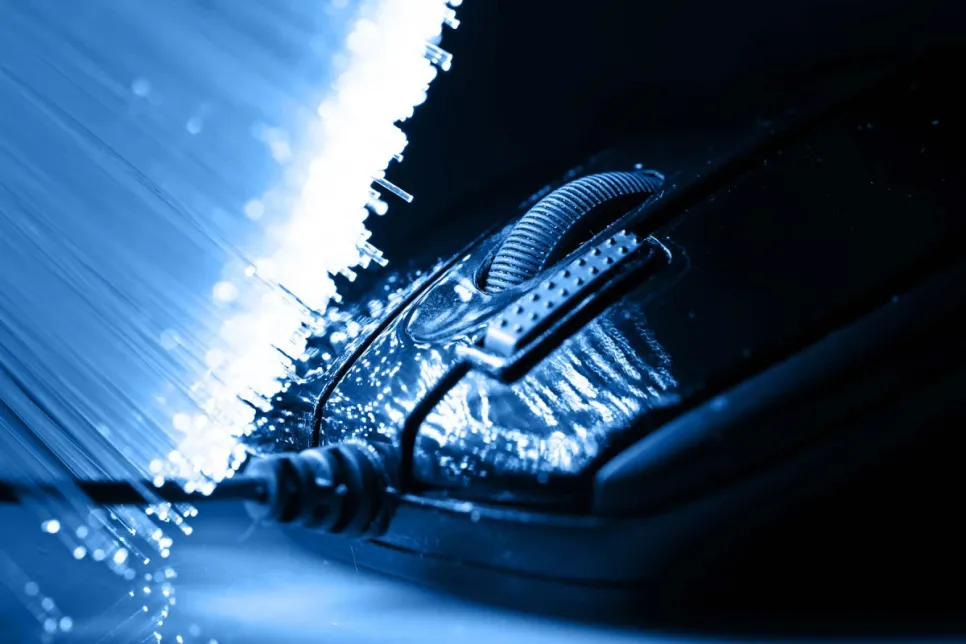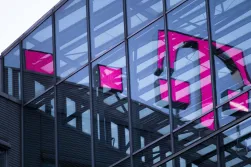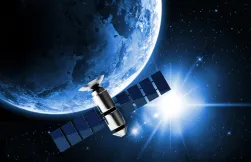Deutsche Telekom announced it is on track with its 5G and FTTH rollout. Since the beginning of the year, the company has offered 430,000 new fiber connections. DT's new 5G mobile network can already be used by 85 percent of people in Germany.
The company also provided information on the status of reconstruction in the flooded areas. According to current planning, Telekom will rely on fiber optics for reconstruction in 17 parts of communities that were severely affected by the floods and will connect around 35,000 households directly to its fiber network.
"With our modern fiber infrastructure, we offer our customers exactly what they expect from us: the best connectivity in the best networks. That's why we're not slowing down in our rollout, but continuing to ramp up our machinery. Our ambition is to be the leader in both fixed and mobile communications. To this end, we are investing over €2 billion a year in fiber roll-out," said Srini Gopalan, member of the Telekom Board of Management responsible for business in Germany.
In the current year, DT enabled 430,000 gigabit-capable fiber connections in the fixed network and laid more than 30,000 kilometers of fiber for this purpose. In July alone, more than 85,000 connections were made. The company is therefore right on target. That remains 1.2 million Fiber connections for the year 2021.
A total of 55,000 antennas are now transmitting with 5G in Telekom's mobile network. This means that 85 percent of citizens can already use the new mobile communications standard. Telekom aims to exceed the 90 percent mark by the end of the year.
5G on the 3.6 GHz frequency band is now available in more than 60 cities. Over 2,400 antennas at a total of around 800 locations are ensuring that more and more people can use high-speed 5G. In addition, Telekom has also put additional sites into operation in cities that already have 5G coverage on the 3.6 GHz frequency.
In the fixed network in particular, the damage caused by the floods has not yet all been repaired. In the affected areas, around 80 percent are now back online. Technicians are working on solutions for almost 20,000 lines so that they too can be switched back on as soon as possible.



















